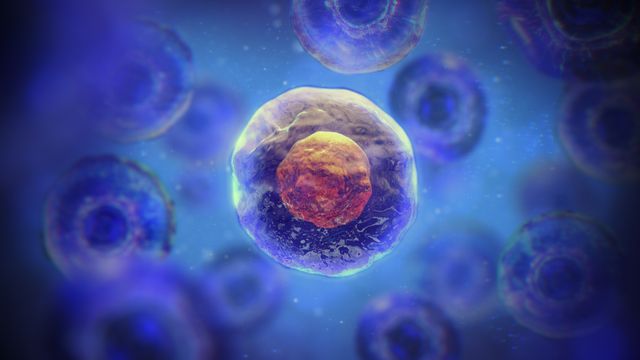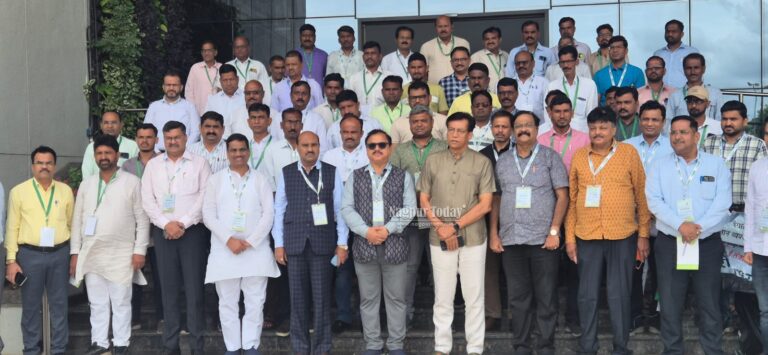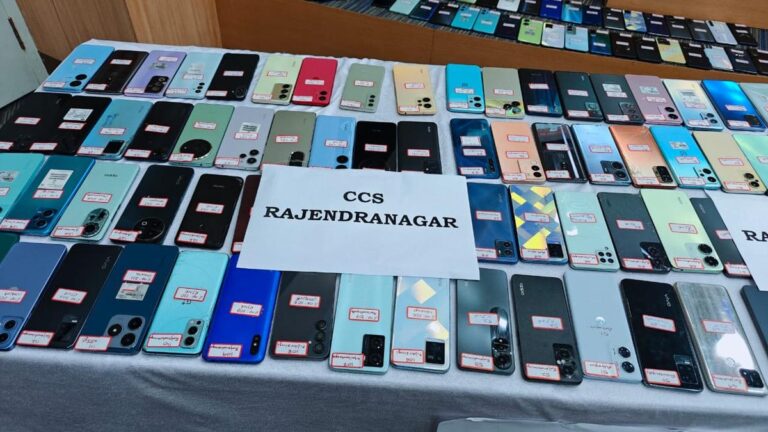
Thank you. Listen to this article using the player above. ✖
Want to listen to this article for FREE?
Complete the form below to unlock access to ALL audio articles.
Adherent cell culture is widely used in biopharmaceutical development, enabling the growth of cells in conditions that closely mimic their natural environment. However, with the move toward more complex and personalized treatments, traditional systems face growing challenges around scalability, reproducibility and sustainability. To meet the demands of modern biomanufacturing, new solutions are needed to maintain the advantages of adherent cultures while delivering the throughput, consistency and efficiency required at scale.
Technology Networks recently spoke with Joel Eichmann, co-founder and managing director of Green Elephant Biotech, to discuss the challenges of scaling adherent cell culture and the innovations helping to streamline the transition from discovery to GMP manufacturing. Eichmann also explored how sustainable design principles can be embedded into bioprocessing without compromising performance or compliance.
What are the primary challenges faced when scaling adherent cell cultures?
The biggest challenge is that most tools we use were not designed with scalability in mind. Adherent cells are often cultured in formats like T-flasks or roller bottles, which are practical at small scale but quickly become labor-intensive and inconsistent when scaled up. As production volumes grow, you face rising costs, variability and physical limits on what an operator can handle. At that point, the limitations are not biological, they are architectural.
There is also a hidden risk in attempting to force adherent systems into suspension through adoption or the use of microcarriers. While that might simplify some operations, it can affect cell behavior, transfection efficiency and marker expression, or it can lead to unwanted posttranslational modifications, especially in complex products like viral vectors or exosomes. It is a case where scaling is not just about doing more, it is about doing it without compromising the product.
How are emerging technologies addressing these issues?
We’re starting to see a new generation of technologies that respect the biology more. Instead of trying to fit cells into formats developed for microbes, these systems aim to retain the advantages of adherent culture – such as cell-to-cell signaling and morphological consistency – while solving the bottlenecks around labor, footprint and reproducibility.
One major improvement is the use of geometries that ensure more uniform surface exposure and fluid dynamics, reducing shear forces that can otherwise compromise sensitive cell types. This is particularly important in the production of extracellular vesicles or viral vectors, where physical stress will alter the quality and yield of the final product.
Additionally, there is a strong movement toward automation-ready systems that reduce manual handling and lower the barrier for standardization. This includes designs that allow users to move from R&D to GMP production without switching to an entirely new system, which reduces tech transfer complexity and speeds up time to market.
The most promising approaches are those that integrate scalability, performance and sustainability from the start. We need to stop forcing biology into old technology. We need to build technology around biology. When you start from that principle, improvements in process efficiency and quality often go hand in hand with smarter, more sustainable design.
At what stage of development should biotech companies start thinking seriously about scalability, and what are the risks of waiting too long?
Scalability, or let’s call it “manufacturability,” must be part of the conversation as soon as a process starts showing promise. Early decisions about culture format, vessel type and harvest strategy will ripple into later stages. The temptation to use whatever tools are on hand in early R&D is understandable, but if they are not scalable, that decision will eventually cost time, money and regulatory momentum.
One of the biggest risks of waiting too long is that by the time you reach a clinical milestone (often after Phase 1 or Phase 2), the flexibility to change equipment becomes extremely limited. Regulatory expectations demand that manufacturing processes are locked down early. Making significant changes later means new comparability studies, revalidation and potentially even delays in regulatory filings.
In cell and gene therapy, where the path from bench to patient is already complex, this kind of delay can be commercially damaging and medically unacceptable. If you are planning for a therapy with any clinical or commercial ambition, you need to think about manufacturability from the first successful experiment onward.
How can more sustainable design principles be built into large-scale adherent cell culture systems without compromising performance or compliance?
Sustainable bioprocessing requires more
than minor adjustments. The traditional reliance on bulky, multi-material
plastic consumables has created a growing waste problem, particularly in
facilities using single-use technologies at scale. Reducing this burden calls
for a fundamental rethink of material choices and manufacturing approaches.
One promising development is the
integration of biopolymers into labware and culture systems. These materials
can be derived from renewable sources, are recyclable in specific waste streams
and often have a significantly reduced carbon footprint compared to
petroleum-based plastics. When properly designed, they offer equivalent
performance in terms of sterility, mechanical stability and regulatory
compliance.
The CellScrew is one example of sustainable
labware design. It is manufactured additively, which enables the use of
ultra-fine internal structures with wall thicknesses below 1 millimeter.
Traditional injection molding requires much thicker walls, resulting in
significantly higher material use. By contrast, the CellScrew can achieve the
same growth area as a multilayer stack while using up to 80% less plastic. This
not only reduces production waste but also lowers the carbon emissions
associated with incineration after use.
Combined with the use of recyclable
biopolymers, this approach reduces both upstream and downstream environmental
impact. And because the system is designed for regulatory compatibility from
the start, sustainability comes without trade-offs in compliance or
performance. It is a clear example of how intelligent design and manufacturing
can align environmental goals with the practical demands of modern
biomanufacturing.
Looking ahead, how do you see the adherent cell cultivation landscape evolving as biomanufacturing demands grow more complex and diversified?
We are seeing a shift from scaling up to scaling out. In the past, scale-up meant bigger bioreactors. Today, especially in personalized or small-batch therapies, scale-up often means running many small processes in parallel – each tightly controlled, reproducible and cost-effective. This approach favors systems that are compact, modular and automation-ready.
The future is not necessarily more stainless steel or more plastic. It is smarter processes that adapt to diverse needs. I believe we will also see more convergence between analytics, process control and culture systems. The next big gains in adherent cell manufacturing will come from integration – not just of equipment, but of thinking across disciplines.







